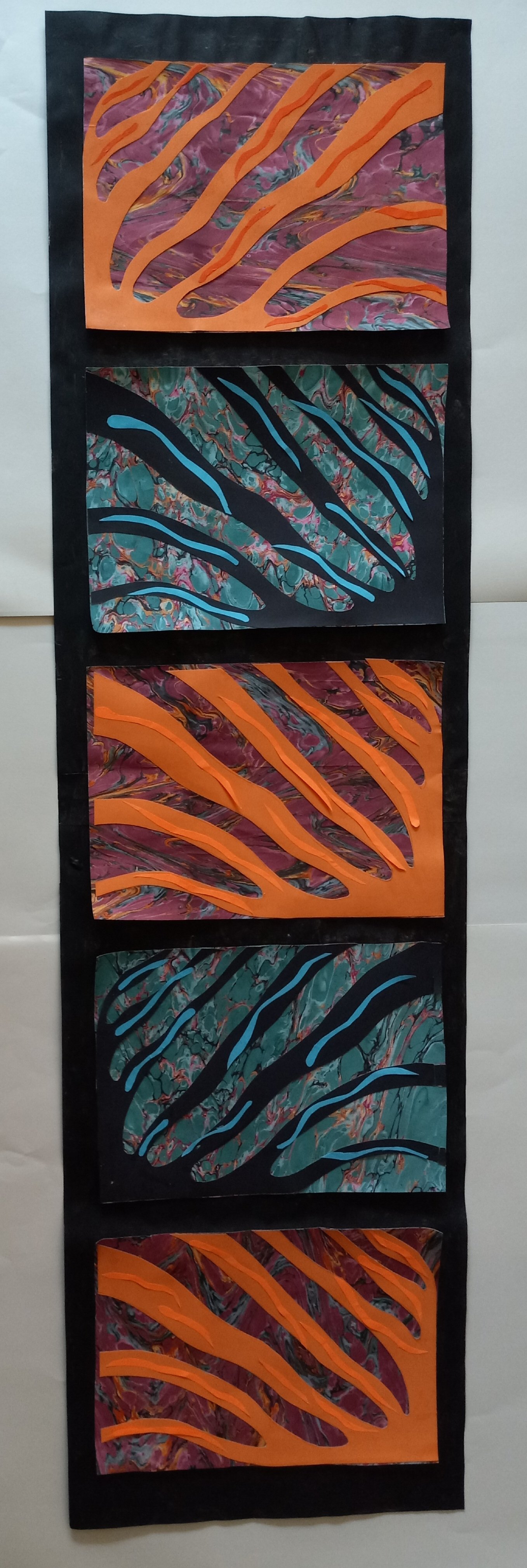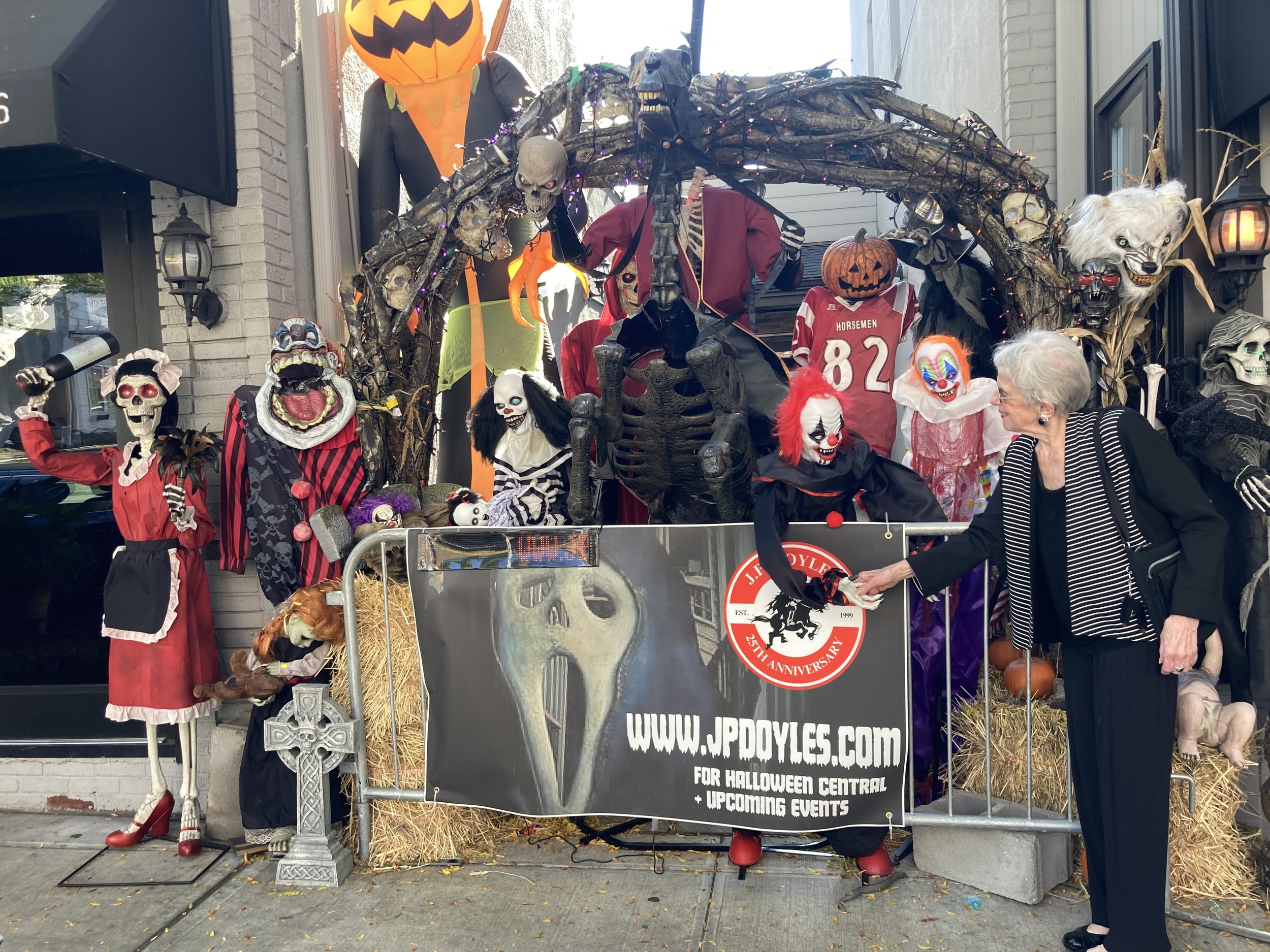Made in NYC: 123 Brands, Trends, and Inventions That Began in the Big Apple
Domino Sugar
Domino Sugar began life in 1807 as the W. & F.C. Havemeyer Company, a sugar refiner on Vandam Street in Lower Manhattan. After a half century, the company moved to its iconic Williamsburg location on the East River. A couple of name changes along the way resulted in Domino becoming the official branding in 1900. Domino remains the largest sugar company in the US, headquartered now in Yonkers.
Spaghetti and Meatballs
It may seem like a classic Italian dish, but this dinner-table staple is actually a creation of New York City. Immigrants drew on an age-old combination, but took advantage of better access to meat in the New World. The first recorded recipe for spaghetti and meatballs appeared in 1888, published by New Yorker Juliet Corson in her book Family Living on $500 a Year.
Lionel Trains
Joshua Lionel Cowen founded the Lionel Manufacturing Company near City Hall in 1900. His original business was electronics. The company’s first train, the Electric Express, was built as a storefront display. When the public took interest, Cowen changed tracks and made the trains themselves the focus of the business. Lionel is still making trains today and has the honor of having the first electric toy inducted into the National Toy Hall of Fame.
Source: “Made In NYC,” by Ethan Wolff, March 2024, City Guide New York
Contributed by Bobbie Roggemann
Oxymorons to Spare
Why do you press harder on the buttons of a remote control when you know the batteries are dead?
Why do we put suits in garment bags and garments in a suitcase?
How come abbreviated is such a long word?
Why do we wash bath towels? Aren’t we clean when we use them?
Why doesn’t glue stick to the inside of the bottle?
Why do they call it a TV set when you only have one?
Christmas : What other time of the year do you sit in front of a dead tree and eat candy out of your socks?
Why do we drive on a parkway and park on a driveway?
Contributed by Bobbie Roggemann
For Your Funny Bone
Contributed by Barbara Bruno
Contributed by Barbara Bruno
Contributed by Barbara Bruno
Contributed by Barbara Bruno
Art and Poetry by Sheila Benedis
Hope 2, Collage
* * *
Weeping Beech Tree
weeping beech tree
I come upon your closed side
like a wall of leaves
it seems
to exclude the world
people who are
bitter
cynical
divisive
but then I see your other side
I watch the sunlight
filter through your leafy canopy
oh you
you that is open to the world
you that tries to be inclusive
you that lets in the light
protects people
you that cries out
safety
dignity
justice
you speak
peace and unity for all
for all American people
Art by Hart
Sarah had her hands full working at the complaint desk
It was a grey morning at the flea bath
There were things Miranda preferred to keep hidden
The new community theatre production was controversial and thrilling
Percival’s predictions made no sense at all
Art and photos by Jane Hart
In and Around Kendal
It’s a Puzzlement!
Fulton puzzlers intent on getting those last pieces in!
Photo by Carolyn Reiss
The Penguin Puzzle
A mysterious new member of the Kendal community showed up on Halloween. Upon conversation with the old bird, its voice sounded oddly like Sharry Lukach. Strangely, Sharry did not appear at dinner that night . . . perhaps she was out trick-and-treating.
Photo by Jane Hart
The mysterious new avian Kendal member seems to be a contract-holder; it votes. Clearly a penguin with a community spirit. But will it show up for the Election Run-Off?
Photo by Joe Bruno
Rockwood Magic, by Carolyn Reiss
An early morning moon
Out and About
Cynthia Ferguson reports she, Susan Yao, and Susan’s visiting daughter took off to experience one of the area’s Halloween spectacular events: The Blaze.
Photo by Cynthia Ferguson
'Tis the Season . . . the Dwali Season
Have a fun and festive Diwali! This is but one of the traditional greetings for the celebration of India’s biggest and most important holiday of the year. Diwali, which generally lasts five days, is celebrated during the Hindu lunisolar months of Ashvin (according to the Amanta tradition) and Kartika — between around mid-September and mid-November. This year (in the western calendar), it on October 31! Thanks to Meera Srinivasan alert, we can delve into this fascinating (and gorgeous) holiday while it takes place.
Diwali, the Hindu festival of lights, symbolizes the spiritual victory of Dharma over Adharma, light over darkness, good over evil, and knowledge over ignorance. The word Diwali comes from the Sanskrit word Deepavali, which means "row of lights." During the festival, celebrants illuminate their homes, temples and workspaces with diyas (oil lamps), candles and lanterns. "The light from these lamps symbolizes the illumination within all of us, which can overcome ignorance, represented by darkness," the Hindu American Foundation says.
In northern India, they celebrate the story of King Rama's return to Ayodhya after he defeated Ravana by lighting rows of clay lamps. Southern Indians celebrate it as the day that Lord Krishna defeated the demon Narakasura. And, in western India, the festival marks the day that Lord Vishnu, the Preserver (one of the main gods of the Hindu trinity) sent the demon King Bali to rule the nether world.
As with so many celebrations around the world, food is a major focus of Dwali, with families partaking in feasts and sharing mithai. The festival is an annual homecoming and bonding period not only for families, but also for communities and associations, particularly in urban areas, which organize community parades and fairs or music and dance performances in parks. Some people send Diwali greeting cards to family near and far during the festive season, occasionally with boxes of Indian sweets. Another aspect of the festival is remembrance of ancestors.
In the lead-up to Diwali, celebrants prepare by cleaning, renovating, and decorating their homes and workplaces with diyas (oil lamps) and rangolis (colorful art circle patterns) and jhalars (colorful fabric and fringes). Meera’s own entrance shelf holds Diwali decorations.
And she’s sent along a video of the preparation of a rangoli by a rangoli master.
Rangolis can be small, medium-sized, or huge. Click on the button below to see a large variety being prepared in a public place.
We started this piece with a traditional Diwali wish. Here are a few others:
May your Diwali be free from darkness and abundant with light.
Have a fun and festive Diwali!
Hoping your Diwali brings health, wealth, and happiness.
May your Diwali bring peace and love to your life.
Source: Wikipedia (where else?)
I Didn't Know That
From the Sissman Chronicles
A Brief History of Photography
Following the wide variety of interesting and excellent photographs taken by Kendal residents in each issue of this website has stimulated me to review briefly (and selectively) the history of still photography.
The inventor of photography, in 1839, was a Frenchman, Louis Daguerre; for many years thereafter photographs were called daguerreotypes.
Louis Daguerre
He coated glass plates with silver oxide which turned gray to black when exposed to light; where these “negatives” were “printed” the dark areas were light and thus the print resembled reality.
The first cameras were very large (using film plates the size of letter paper) and needed to be mounted on sturdy wooden tripods. The ensuing decades led to steady progress in making larger more accurate lenses and faster shutter speeds that finally could open and for as short a period of time as 1/1000th of a second.
Many refinements followed, most significantly when an American, George Eastman, added the chemical to a celluloid roll. By designing a camera in which the roll could be advanced after each shot, photographers could take as many as 24 exposures without reloading.
After Eastman incorporated this technique into a light easy-to-use camera called a Kodak Brownie, photography was available to the general public.
In 1935, Kodachrome was developed, the birth of color photography. Around 1957, digital technics were introduced, resulting in photographs that did not require negatives or printing. The refinements that followed led to our current universal IPhone cameras.
Norman Sissman
A Kendal Tradition
Made In NYC: Brands, Trends, and Inventions That Began in the Big Apple
Hip Hop
By Bigtimepeace - Own work, Public Domain
DJ Kool Herc gets credit for Hip Hop’s birth, at an August 11, 1973 back-to-school party in the recreation room of his apartment building at 1520 Sedgwick Avenue in the Bronx. He used two turntables to extend the instrumental breaks of songs, allowing people to dance longer, and laying the foundation for “breakbeat” DJing.
Hare Krishnas
Photographer: City of Toronto Planning and Development Department, ca. 1971. Flickr
The International Society for Krishna Consciousness or ISKCON, better known as the Hare Krishnas, has a worldwide reach. There are millions of followers today, but the organization can trace its origins to New York City, where A. C. Bhaktivedanta Swami Prabhupada founded the movement on July 13, 1966.
Fantasy Sports
Fantasy sports are a monster, worth nearly $30 billion in economic activity every year. The start of this behemoth was low key, a not-much-loved French restaurant on East 52nd Street. La Rotisserie Française was where the first players of modern fantasy baseball met for lunch and the game became known as Rotisserie Baseball accordingly. Journalist Daniel Okrent gets credit for pioneering the competition, back in 1980.
Source: “Made In NYC,” by Ethan Wolff, March 2024, City Guide New York
Contributed by Bobbie Roggemann
Fall Art Show Opening: From Start to Finish
In the Beginning . . .
Photos by Peter Sibley
Show Time!
Photos by Carolyn Reiss
Oxymorons to Spare
Why is “phonics” not spelled the way it sounds?
If work is so terrific, why do they have to pay you to do it?
If all the world is a stage, where is the audience sitting?
If love is blind, why is lingerie so popular?
Why is bra singular and panties plural?
Contributed by Bobbie Roggemann
For Your Funny Bone
Contributed by Barbara Bruno
Art by Hart
Thadeus hadn’t tasted crème de menthe in 70 years
Some of the middle schoolers could get rambunctious
Despite appearances, it was only a so-so day for banana fish
Buttons kept a 24-7 eye on Carol-Ann
Thelma created her own one-of-a-kind Halloween costume
Art and photos by Jane Hart
Hope Collage, by Sheila Benedis
Art and photo by Sheila Benedis
In and Around Kendal
Happy October Birthdays!
Photo by Harry Bloomfeld
While Walking in the Park One Day . . .
An October Maple
Photo by Alice Clague
A beautiful fall, only enhanced by two Kendalites and their pups
Photo by Maria Harris
A Kendal photographer at her craft
Photo by Aruna Raghavn
Photo by Joe Bruno
New Garden Plots Are Growing Outside Mary Powell
Photo by Joe Bruno
A View Across the River
Photo by Joe Bruno
And Closer to Home
A Mock on Top
Photo by Naomi Gross
Three chairs and a tree — just waiting . . .
Photo by Naomi Gross
Happy Halloween
The Mahoney-Herrings prepare for the big day
Photo by Linda Mahoney
Out and About
Mimi Tells It Like It Is
On Wednesday, October 23, the Rotary Club of the Tarrytowns had a special speaker at their monthly luncheon meeting at Doyle’s Restaurant: Mimi Abramovitz. Her topic was timely: The Election and Threats to Democracy.” Mimi doesn’t shy away from the scary — whether electoral or Halloween-al, as evidenced by her introduction to the Halloween magic that is Sleepy Hollow.
New York Times Voice of an Expert: Understanding the Present through the Past
When the New York Times needed a learned voice on the question of fascism, it turned to “one of the foremost American experts on fascism and perhaps the greatest living American scholar of mid-20th-century European history.” Who just happens to be a Kendalite: Bob Paxton. The result: a 6-page spread in the October 27th New York Times Magazine Section, which was both fascinating and worrying. Click below to read the article in its entirety.





































































